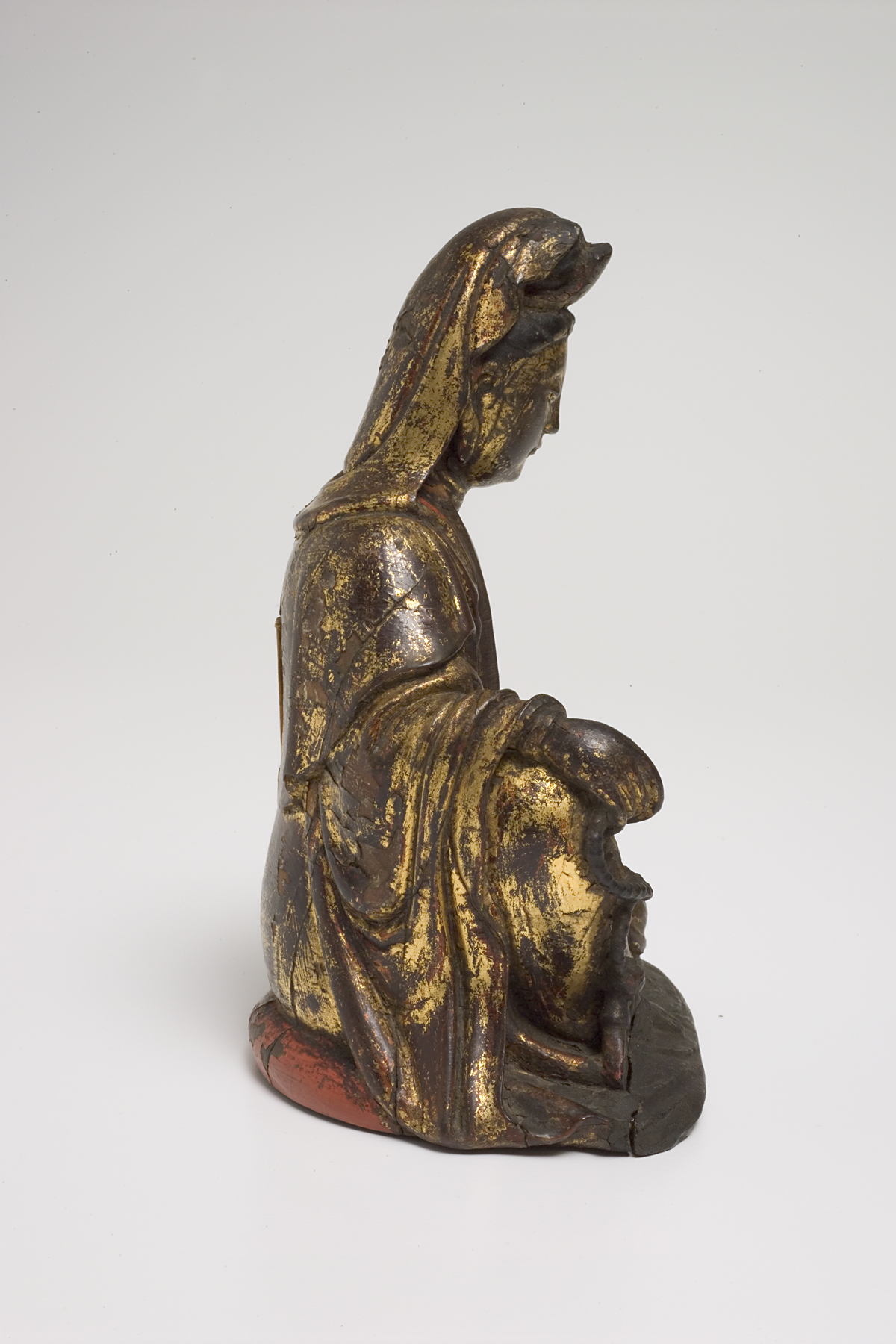Guanyin (Avalokitesvara), unknown maker from China
Artwork Overview
Guanyin (Avalokitesvara)
, 1800s, Qing dynasty (1644–1911)
Where object was made: China
Material/technique: wood; lacquer; gilding
Credit line: William Bridges Thayer Memorial
Accession number: 1928.3130
Not on display
If you wish to reproduce this image, please submit an image request







